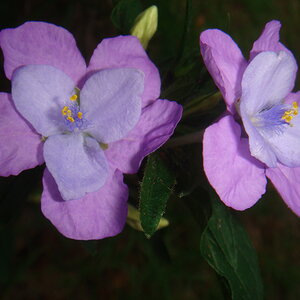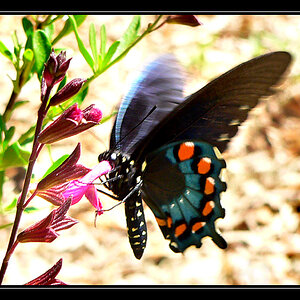JayJay65
TPF Noob!
- Joined
- May 4, 2007
- Messages
- 286
- Reaction score
- 0
- Location
- Connecticut
- Can others edit my Photos
- Photos NOT OK to edit
Yes, it does alot.. Its blurry on the smallest one (smaller aperture is the bigger the # in... "f/#")
So a f/1 & f/32.. the f/1 = bigger, f/32 = smaller.. but the aperture makes the backround blurry (smaller aperture (opening) = blurry backround?)
Did I get this right?? (does it also blurr the backround if its a still image, still focus?) Does aperture automaticly change the shutter speed??
So a f/1 & f/32.. the f/1 = bigger, f/32 = smaller.. but the aperture makes the backround blurry (smaller aperture (opening) = blurry backround?)
Did I get this right?? (does it also blurr the backround if its a still image, still focus?) Does aperture automaticly change the shutter speed??


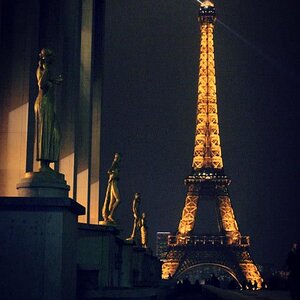
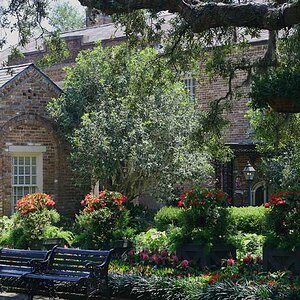
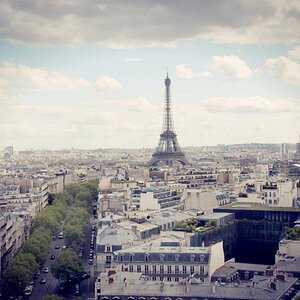

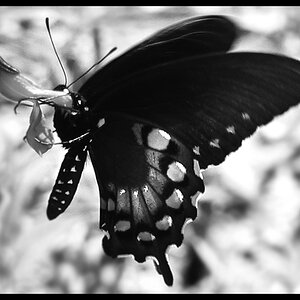
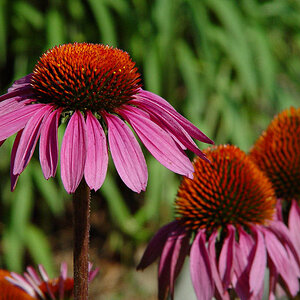
![[No title]](/data/xfmg/thumbnail/38/38264-552eb428d8a704186dcc43400f417d0f.jpg?1619738548)
